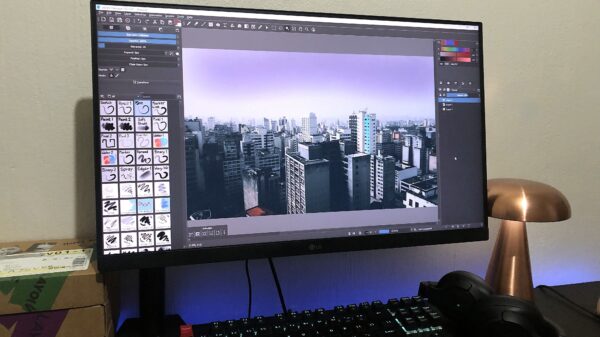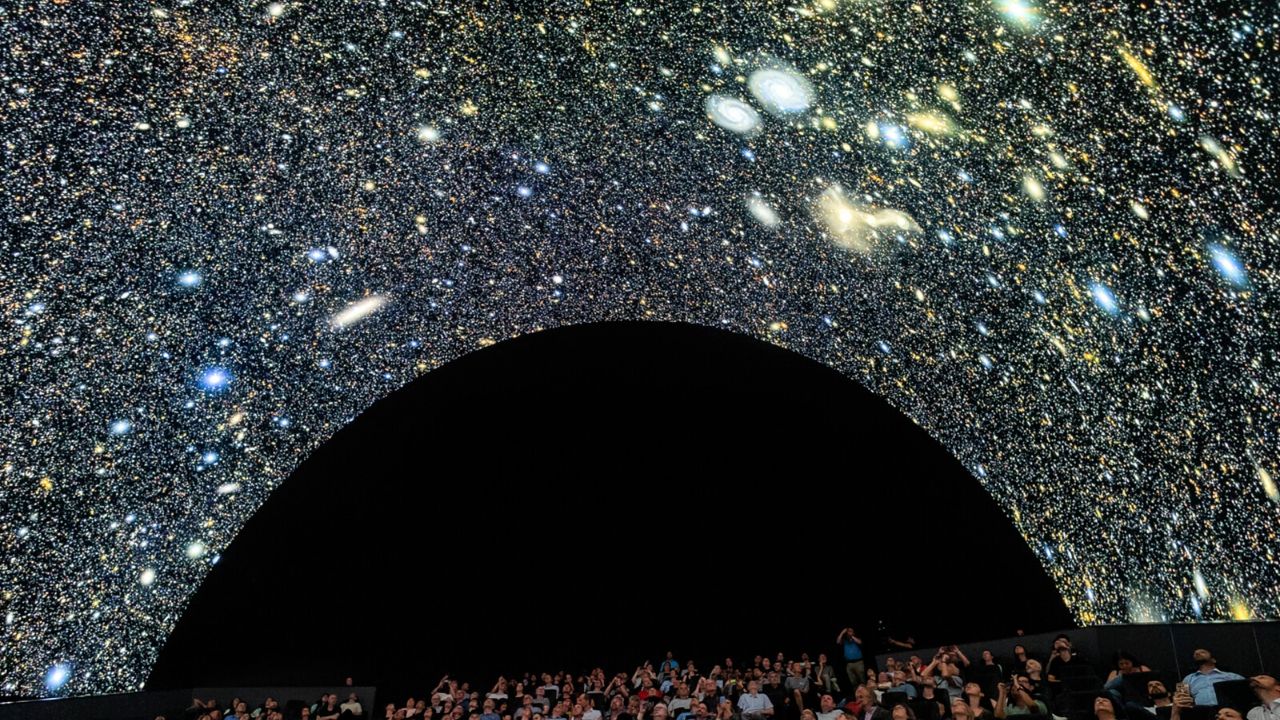UPDATE: On June 23, 2025, planetariums around the globe made history by unveiling the inaugural images captured by the cutting-edge Vera C. Rubin Observatory. This momentous event, streamed live from Washington D.C., captivated audiences as they experienced the cosmos like never before.
At the historic Prague Planetarium in the Czech Republic, visitors gathered under a state-of-the-art LED display, showcasing the universe’s wonders in unprecedented clarity. The excitement was palpable as hundreds of institutions worldwide eagerly awaited the first glimpses of deep space captured by this revolutionary observatory.
The Vera C. Rubin Observatory, located in Chile, is home to the world’s largest digital camera, enabling it to produce some of the clearest astronomical images ever recorded. This powerful camera plays a pivotal role in the observatory’s mission—the Legacy Survey of Space and Time (LSST). This decade-long initiative aims to catalog billions of stars, galaxies, supernovae, and other celestial objects, significantly advancing our understanding of dark matter.
The unveiling of these images marks a significant milestone in the quest for knowledge about our universe. The sheer size of the data generated by the observatory—so extensive it requires a “data butler” for processing—allows for the intricate details of celestial phenomena to be captured in stunning depth.
“We are witnessing a new era in astronomy,” said M. Prouza from the Institute of Physics of the Czech Academy of Sciences. “These images are not just beautiful; they are key to unlocking the mysteries of dark matter.”
The emotional reaction from audiences was overwhelming as they witnessed the universe unfold before their eyes, further igniting public interest in astronomy and science. Families and enthusiasts alike shared the experience, highlighting the human connection to the cosmos.
As this groundbreaking discovery continues to unfold, the astronomical community and the public alike are encouraged to follow developments from the Vera C. Rubin Observatory. The implications of these images extend far beyond mere visuals; they hold the potential to reshape our understanding of the universe and our place within it.
Stay tuned for more updates on this exciting journey into the depths of space as the Rubin Observatory continues its mission to reveal the secrets of dark matter and beyond. The future of astronomy is here, and it starts with the breathtaking images from this revolutionary facility.







































































